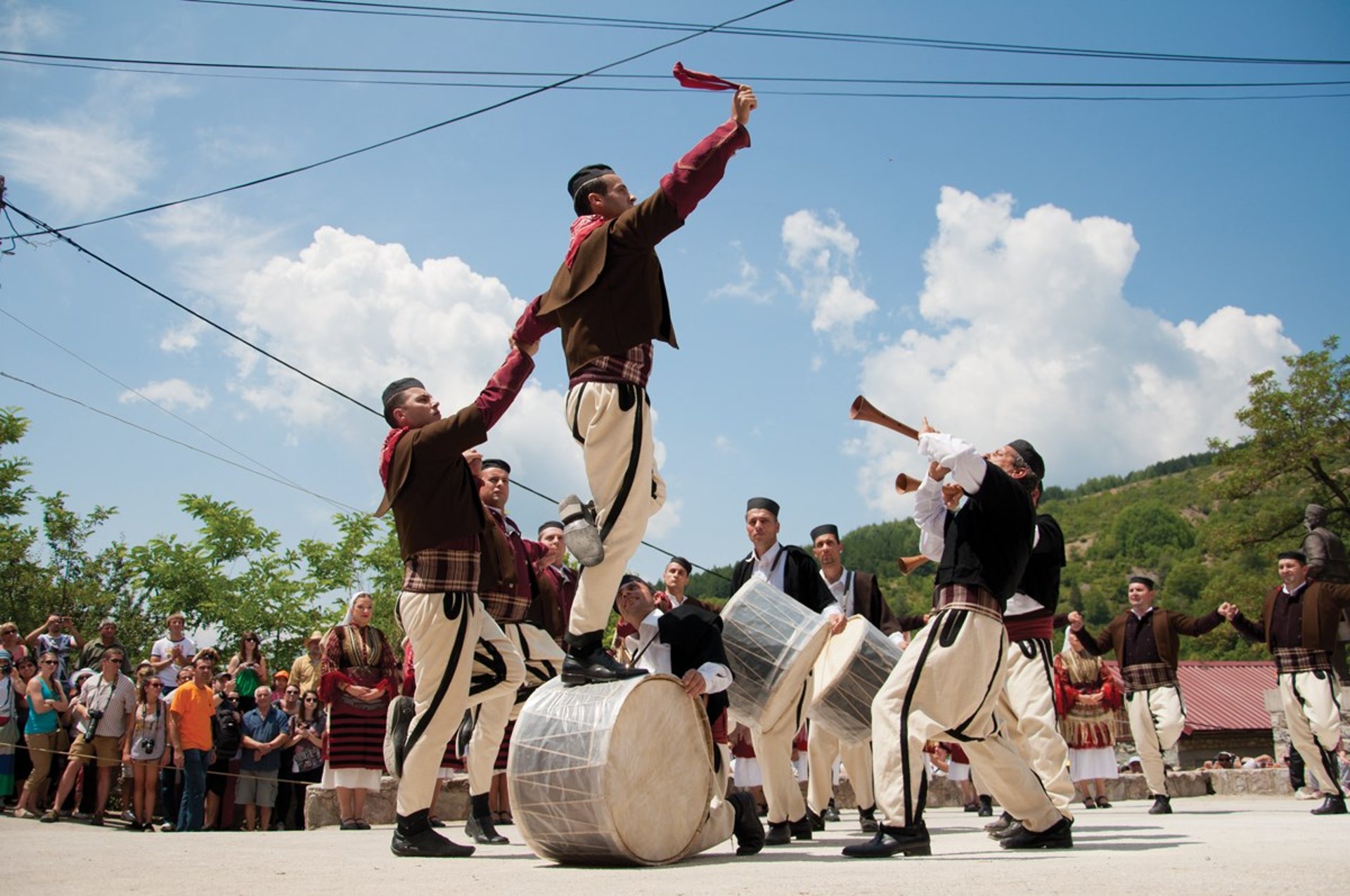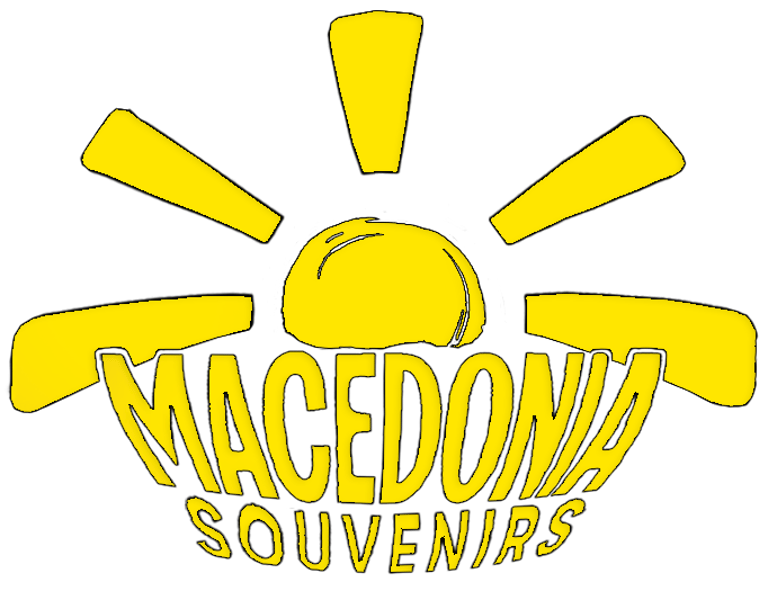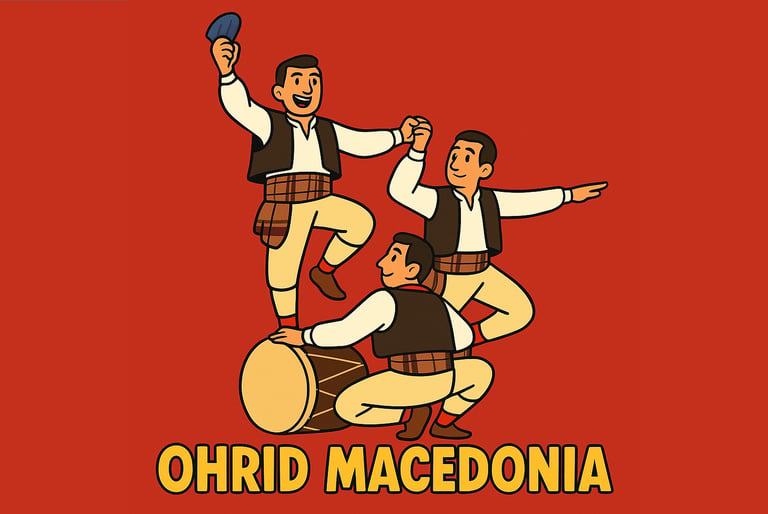
The traditional Teško oro, or "the hard dance" is one of the most powerful and symbolic dances in Macedonian folklore. Performed by men, mainly in Western Macedonia, it was traditionally danced in front of the entire village on special occasions.
The dance represents the hard life of people from the region. Its origins come from the period when locals were leaving their country for a better life, but over the years it has also grown as a symbol for all the pain caused in the region in the past.
With slow, heavy steps and a strong, grounded posture, the dance expresses both pride and sorrow—the pride of identity and the sadness of departure. It was also performed during weddings, as a way to honor the groom and mark the transition into a new chapter of life.
The dancers, usually men, link arms or hold each other’s belts, moving together in perfect rhythm, led by the deep sound of the tapan (drum) and the piercing tone of the zurla. Each step is deliberate, echoing strength, unity, and tradition.
More than just a performance, the hard dance is a living ritual—a farewell, a blessing, and a reminder of roots that run deep.




